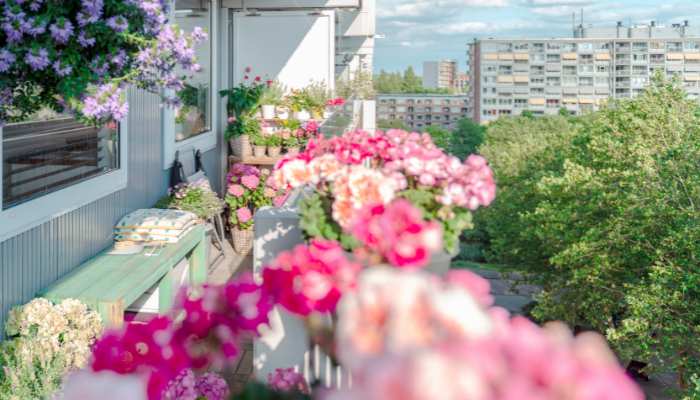Are you ready to transform your balcony into a lush oasis of greenery? If you’re in India, you’re in luck! With the right plants, you can create a beautiful outdoor space that not only looks stunning but also thrives in the Indian climate. In this comprehensive guide, we’ll explore the best plants for balcony in India, so you can bring nature right to your doorstep.
Table of Contents
Best Plants For Balcony in India
Understanding Your Balcony Space
Before you start picking out plants, take a good look at your balcony. How much space do you have? Is it sunny or shaded? Understanding your balcony’s environment is crucial for selecting the right plants that will thrive in those conditions.
Key Points:
- Measure your balcony space to determine how many plants you can accommodate.
- Take note of sunlight exposure throughout the day to choose plants accordingly.
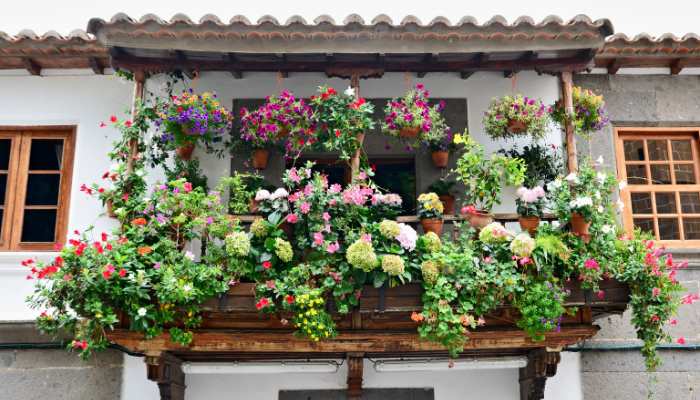
Sunlight Requirements
Sunlight is essential for plant growth, but not all plants require the same amount. Some thrive in full sun, while others prefer partial shade. Understanding the sunlight requirements of your chosen plants is vital for their health and vitality.
Key Points:
- Choose plants that match your balcony’s sunlight conditions.
- Consider using shade-loving plants for balconies with limited sunlight exposure.
Watering Needs
Proper watering is crucial for plant health. Some plants prefer moist soil, while others can tolerate dry conditions. Understanding the watering needs of your plants will ensure they stay healthy and vibrant.
Key Points:
- Invest in self-watering containers for busy individuals.
- Use a watering schedule to ensure consistent moisture levels for your plants.
Temperature Tolerance
India experiences a wide range of temperatures throughout the year, from scorching summers to chilly winters. Selecting plants that can tolerate these temperature fluctuations is key to maintaining a thriving balcony garden.
Key Points:
- Choose plants that are suitable for your region’s climate.
- Consider bringing sensitive plants indoors during extreme weather conditions.
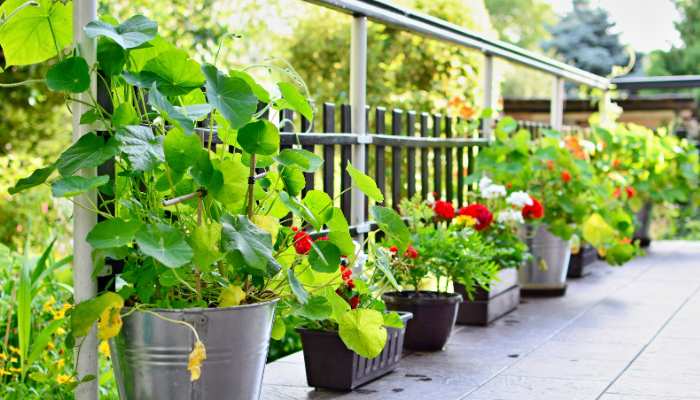
Low-Maintenance Plants
Not everyone has a green thumb, but that doesn’t mean you can’t enjoy a beautiful balcony garden. Opt for low-maintenance plants that require minimal care and attention, perfect for busy individuals or beginners.
Key Points:
- Succulents and cacti are excellent choices for low-maintenance balcony gardens.
- Choose plants that are native to your region, as they are more likely to thrive with minimal intervention.
Aesthetic Appeal
Aesthetics play a significant role in balcony gardening. Select plants that not only thrive in your balcony’s environment but also add beauty and charm to your outdoor space.
Key Points:
- Incorporate a variety of colors, textures, and heights for visual interest.
- Experiment with different plant combinations to create a visually appealing balcony garden.
Climbers and Creepers
Maximize your balcony space by incorporating climbers and creepers that add vertical interest. These plants not only beautify your balcony but also provide shade and privacy.
Key Points:
- Train climbers along trellises or vertical supports to maximize space.
- Choose fast-growing varieties for quick results.
Herbs for Culinary Delights
Why not add a touch of flavor to your balcony garden? Grow your own herbs for culinary delights right at your doorstep. Fresh herbs not only enhance the flavor of your dishes but also add fragrance to your balcony.
Key Points:
- Basil, mint, and coriander are easy-to-grow herbs that thrive in balconies.
- Harvest herbs regularly to encourage growth and maintain plant health.
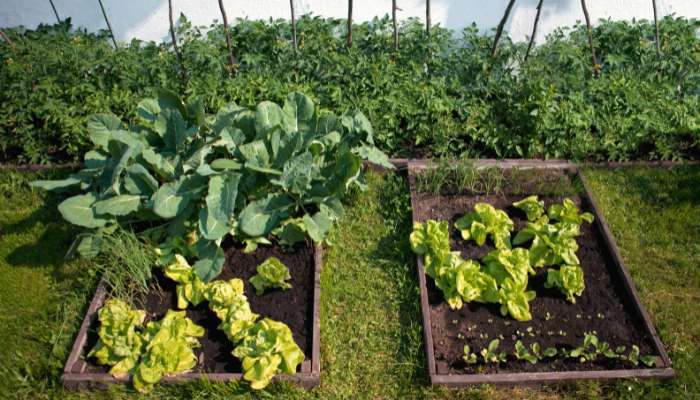
Fragrant Flowers
Fill your balcony with the sweet scent of fragrant flowers. Choose varieties that not only look beautiful but also perfume the air with their delightful fragrance, creating a sensory experience for you and your guests.
Key Points:
- Jasmine, lavender, and roses are popular choices for fragrant balcony flowers.
- Place fragrant flowers near seating areas to enjoy their scent up close.
Vertical Gardening Solutions
Short on space? No problem! Embrace vertical gardening solutions to make the most of your balcony’s vertical space. From hanging baskets to vertical planters, there are plenty of options to explore.
Key Points:
- Use hanging baskets to create a cascading effect of plants.
- Install vertical planters on walls or railings to maximize space.
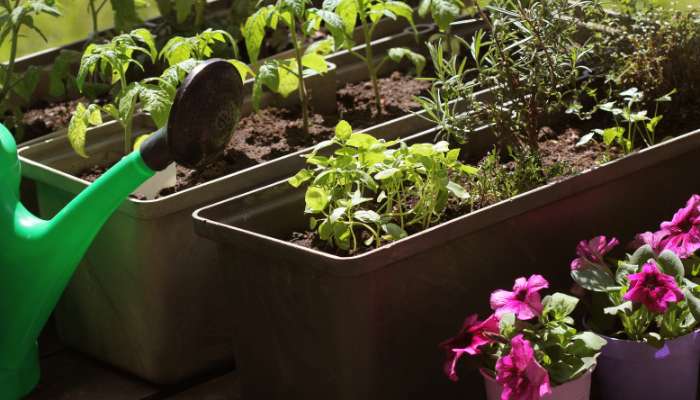
Native Plants for Sustainability
Support local biodiversity by choosing native plants for your balcony garden. Native plants are well-adapted to the local climate and require less water and maintenance compared to exotic species, making them a sustainable choice for balcony gardening.
Key Points:
- Research native plant species that are suitable for balcony gardens in your region.
- Native plants attract local wildlife such as birds and butterflies, enhancing biodiversity.
Dealing with Pests and Diseases
Keep your balcony garden healthy and thriving by promptly addressing pests and diseases. Regular monitoring and proper plant care practices are essential for preventing and managing common garden pests and diseases.
Key Points:
- Practice good hygiene by removing dead leaves and debris from your plants.
- Use organic pest control methods such as neem oil or insecticidal soap to manage pests.
Image | Product Name | Review | Price |
Seasonal Variations
Adjust your balcony garden according to seasonal changes to ensure year-round beauty and vitality. Pay attention to seasonal variations in temperature, sunlight, and rainfall, and adapt your plant selection and care routine accordingly.
Key Points:
- Rotate seasonal plants to keep your balcony garden looking fresh and vibrant.
- Protect sensitive plants from extreme weather conditions during seasonal transitions.
Container Selection Tips
Choosing the right containers is essential for the health and growth of your balcony plants. Consider factors such as material, size, and drainage when selecting containers for your balcony garden.
Key Points:
- Opt for lightweight containers that are easy to move and rearrange.
- Ensure proper drainage to prevent waterlogged soil and root rot.
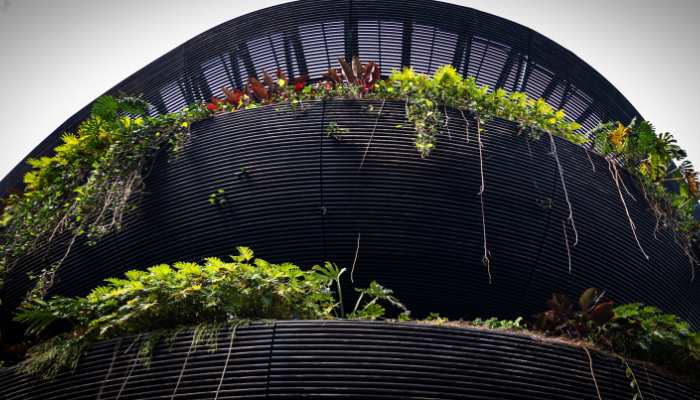
Creating a Balcony Garden Oasis
Transform your balcony into a tranquil oasis where you can escape the hustle and bustle of city life. Incorporate elements such as comfortable seating, ambient lighting, and soothing water features to create a relaxing outdoor retreat.
Key Points:
- Choose furniture and decor that complements your balcony’s aesthetic.
- Add personal touches such as cushions, rugs, and potted plants to create a cozy atmosphere.
FAQs (Frequently Asked Questions)
1. What are the best plants for a sunny balcony in India?
For sunny balconies in India, consider sun-loving plants like petunias, marigolds, geraniums, and succulents. These plants thrive in ample sunlight and can add vibrant colors to your outdoor space.
2. How often should I water my balcony plants?
The frequency of watering depends on various factors such as the type of plants, weather conditions, and the type of soil. Generally, it’s best to water your balcony plants when the top inch of soil feels dry to the touch. During hot summer months, you may need to water more frequently, while in cooler months, you can reduce the frequency.
3. What are some low-maintenance plants for beginners?
Beginners can start with low-maintenance plants like snake plants, pothos, spider plants, and ZZ plants. These plants are resilient, forgiving of occasional neglect, and require minimal care, making them perfect for those new to gardening.
4. How can I protect my balcony plants from pests and diseases?
To protect your balcony plants from pests and diseases, practice good hygiene by regularly removing dead leaves and debris. Additionally, you can use organic pest control methods such as neem oil, insecticidal soap, or introducing beneficial insects like ladybugs to keep pest populations in check.
5. Can I grow vegetables on my balcony in India?
Yes, you can grow vegetables on your balcony in India. Opt for compact varieties like cherry tomatoes, peppers, lettuce, and herbs that do well in containers. Ensure they receive adequate sunlight and water, and consider using organic fertilizers to promote healthy growth and abundant harvests.
